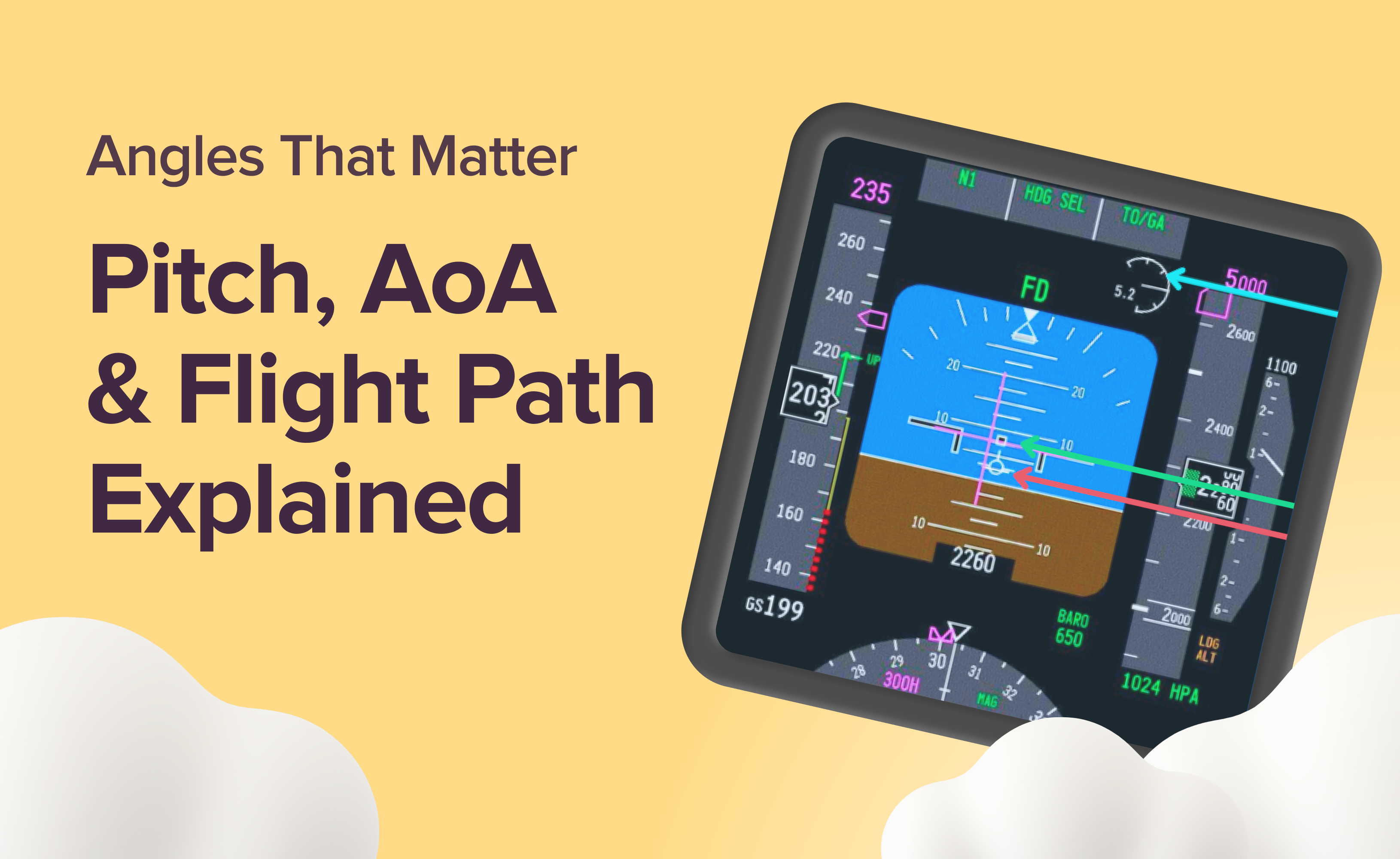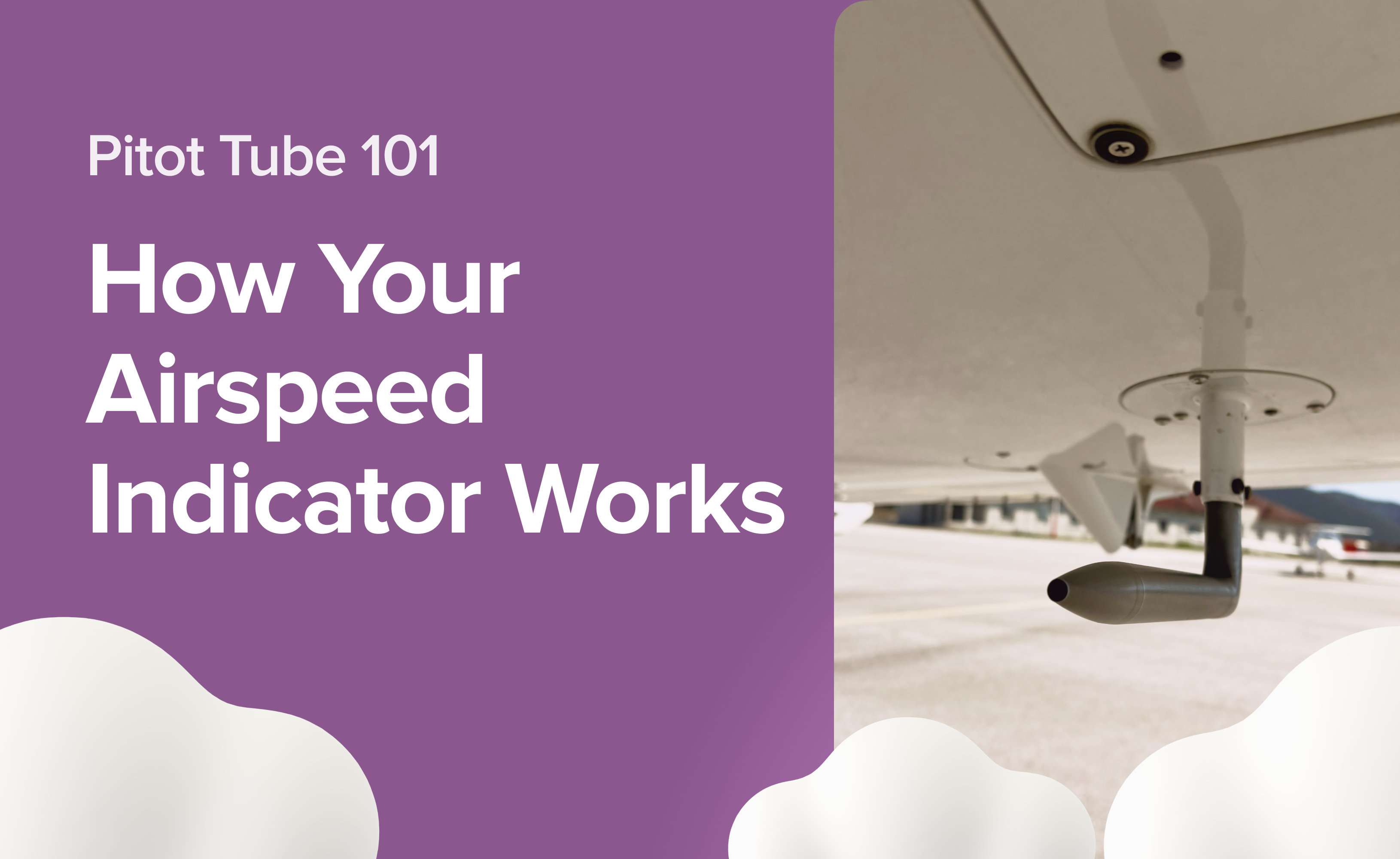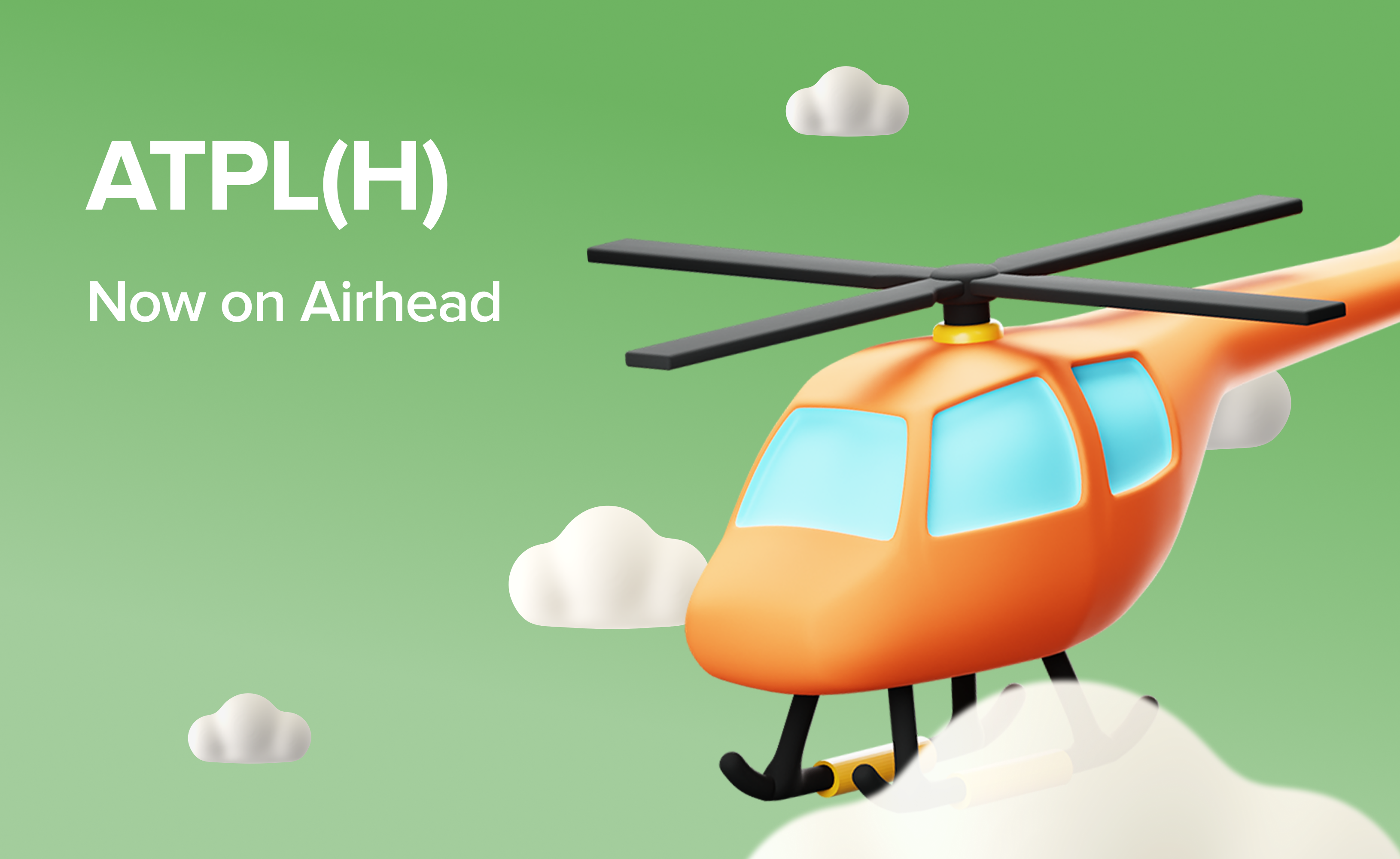Mass and Balance: 5 Latest ATPL Questions Explained

In Mass & Balance, you’ll master the art of calculating an aircraft's centre of gravity, a critical skill to ensure safe flight. Explore key subtopics & core concepts of the Mass and Balance Syllabus.
Even though this is one of the shorter ATPL exams, consisting of 25 questions over 75 minutes, it can be tricky. You might find yourself running out of time if you haven't mastered the material. Consistent practice is vital to achieve the speed and accuracy you need for exam day.
To help you revise, we’ve reviewed five of the most recent questions that appeared in actual EASA exams over the past 30 days. Each question is broken down with the correct answer and a detailed explanation.
These five questions highlight some of the most common traps in Mass and Balance theory — from fuel mass conversions to centre of gravity effects and regulated weights. Prefer to watch instead of read? You can also follow along with the video version of this walkthrough for a more interactive experience.
Subscribe to the AirheadATPL YouTube channel and hit the notification bell for weekly ATPL revision videos. Each video helps you tackle the latest challenging questions from all 13 ATPL subjects, straight from recent EASA ATPL exams.
Prepare for success and avoid common pitfalls. Discover the top 10 mistakes to steer clear of during your ATPL studies.
Question 1: Understanding Operating Mass in ATPL Exams
Question ID AIR-241041: The operating mass is…
TOM - Traffic load
TOM - Take-off fuel
DOM + Useful load
BEM + Variable load
Correct Answer: Operating Mass is the Take-Off Mass minus the Traffic Load.
Explanation: This question — like many in Mass and Balance — tests not only your knowledge of definitions, but also your ability to see how different aircraft masses relate to each other. Being able to sketch and interpret a mass diagram (such as the one in CAP 696) is an essential skill for this subject.
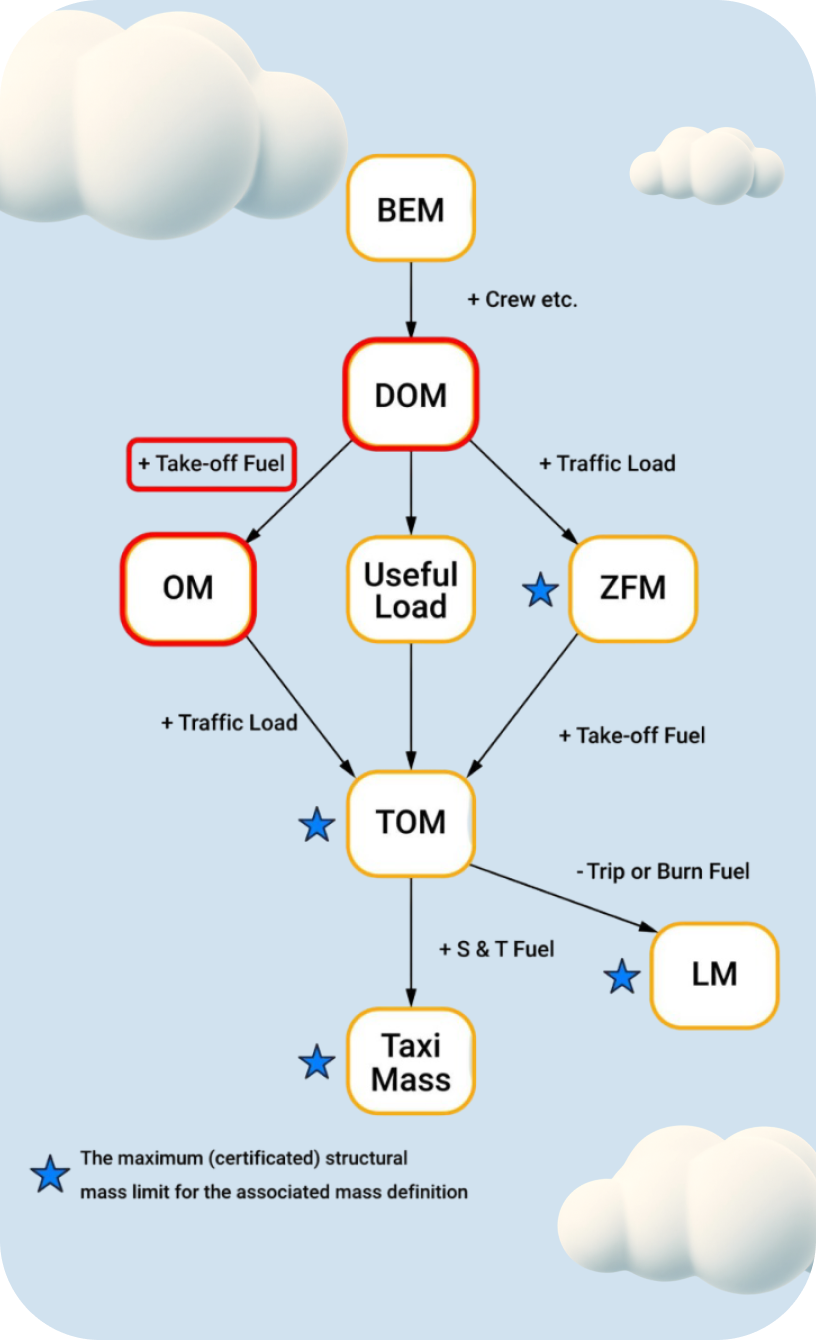
According to CAP 696: Operating Mass (OM) = Dry Operating Mass (DOM) + Fuel, but without Traffic Load.
Let’s break this down step by step.
Basic Empty Mass (BEM) + Variable Load (VL) = Dry Operating Mass (DOM)
DOM + Fuel = Operating Mass (OM)
Fuel in this context usually refers to take-off fuel before departure and usable fuel after take-off.
Answer Options Analysis
TOM – Traffic Load → CORRECT. If we remove the traffic load from Take-Off Mass, we arrive at the Operating Mass.
TOM – Take-Off Fuel → INCORRECT. Removing take-off fuel would give you the Zero Fuel Mass.
DOM + Useful Load → INCORRECT. This calculation equals the Take-Off Mass.
BEM + Variable Load → INCORRECT. This combination gives you the Dry Operating Mass.
The mnemonic: Big Vans Travel Fast
Understanding aircraft masses can be simplified with the mnemonic “Big Vans Travel Fast”:
B – Basic Empty Mass
V – Variable Load (crew, catering, water, etc.)
T – Traffic Load (passengers, baggage, freight)
F – Fuel
The Dry Operating Mass includes the Basic Empty Mass and Variable Load. The Useful/Disposable Load includes Traffic Load and Fuel. The Operating Mass (OM), however, is everything except the Traffic Load (passengers and baggage).
CAP 696 Definitions
Basic Empty Mass (BEM): Includes the aeroplane plus standard items such as unusable fuel, lubricating oil, fire extinguishers, emergency oxygen, pyrotechnics, and fixed electronic equipment.
Dry Operating Mass (DOM): The total mass of the aeroplane ready for a specific type of operation, excluding usable fuel and traffic load. It includes crew and their baggage, catering equipment, potable water and lavatory chemicals, and onboard food and beverages.
Note: CAP 696 does not define “Variable Load” as a standalone term, but the items listed under DOM effectively make up the variable load.
Tip: Always work logically through the mass definitions. Start from what you know (like TOM or BEM) and use the relationships between the terms to eliminate wrong answers.
Question 2: Centre of Gravity (CG)
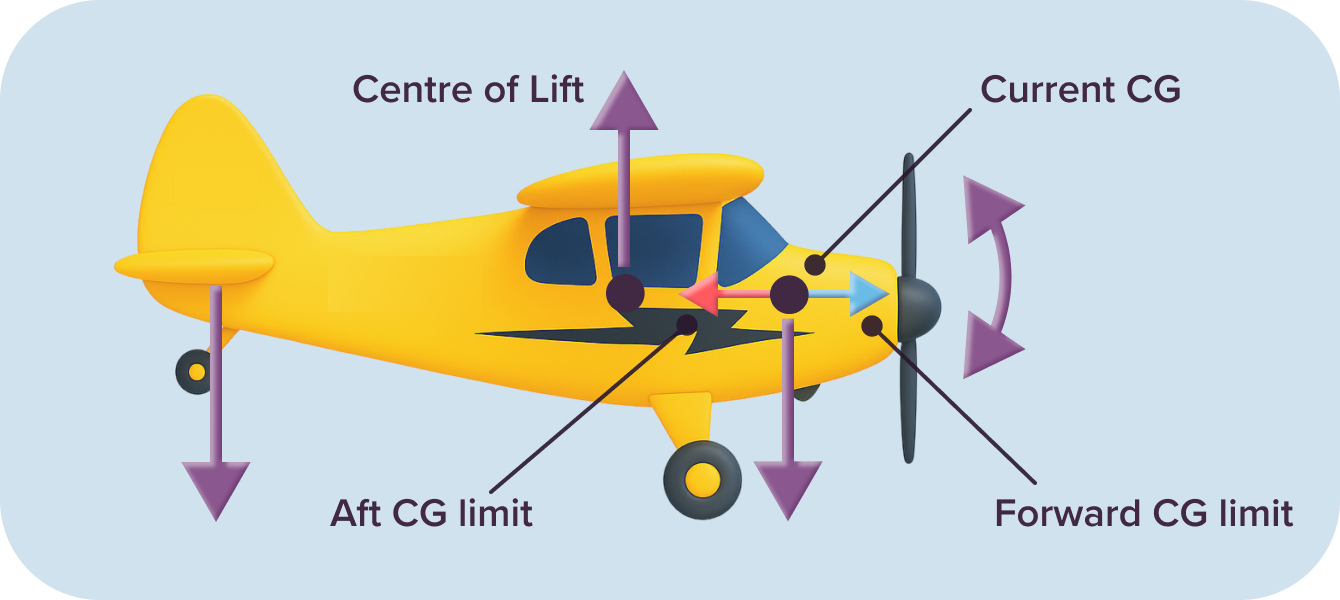
Question ID AIR-241158: If the CG of an aircraft is close to its forward limit, what will be achieved if fuel is transferred from the wing tanks to the aeroplane’s fin or horizontal stabiliser tanks?
Efficient stability control, by repositioning the CG aft
Best fuel economy by repositioning the CG forward
Efficient fuel consumption by repositioning the CG aft
Best range by repositioning the CG forward
Correct Answer: The Centre of Gravity (CG) moves aft, improving fuel efficiency and range but reducing stability.
Explanation: This question looks at the effect of a rearward centre of gravity (CG) on aircraft performance. An aft CG can be achieved, for example, when fuel is transferred from the wing tanks to trim tanks in the fin or horizontal stabiliser.
In simple terms, moving fuel to aft tanks shifts the CG rearwards. This reduces the downforce required from the horizontal stabiliser, which in turn reduces overall lift (and drag) needed to maintain level flight — leading to improved range and fuel efficiency.
The combined effects are:
Lower stalling speed
Reduced fuel consumption
Greater range and endurance
Improved climb performance
Decreased stability
Lower take-off and landing speeds
Some aircraft are equipped with trim tanks that allow controlled redistribution of fuel during flight, letting the crew optimise CG for efficiency.
Key principle to remember:
Forward CG → Higher stability, lower manoeuvrability, worse performance and efficiency
Aft CG → Lower stability, higher manoeuvrability, better efficiency and range
Question 3: Regulated Landing Mass Definition
Question ID AIR-241147: What is the definition of “Regulated Landing Mass” It is the…
Lower of the Performance-Limited Landing Mass and the Maximum Structural Landing Mass
Regulated Take-Off Mass minus the actual fuel consumed during the flight
Maximum Structural Landing Mass allowed by European Commission Regulation
Higher of the Performance-Limited Landing Mass and the Maximum Structural Landing Mass
Correct Answer: The lower (more restrictive) value between the Performance-Limited Landing Mass and the Maximum Structural Landing Mass.
Explanation: When determining landing mass, two limits always apply:
Structural Limit: maximum landing mass the aircraft can withstand physically.
Performance Limit: maximum mass allowed to meet climb/approach performance requirements.
The Regulated Landing Mass is whichever of these is lower. Always take the more restrictive value.
Question 4: Maximum Fuel Mass Calculation
Question ID AIR-241142: Given that the maximum fuel capacity of an aircraft is 400 US gallons and the fuel density is 0.78 kg/l, what is the maximum mass of fuel that can be loaded?
1182 kg
2331 kg
1942 kg
1418 kg
Maximum fuel capacity = 400 US gallons Fuel density = 0.78 kg/litre What is the maximum mass of fuel?
Correct Answer: ≈ 1,182 kg
Explanation: For this calculation we need to calculate the fuel tank capacity in litres. Then, by using the specific gravity of 0.78 kg/l, we can calculate how much fuel in kilograms we can upload. We need the answer in kilograms as all of our potential answers are in kilograms.
Step 1: Convert gallons to litres 400 × 3.785 = 1,514 L
Step 2: Multiply by density 1,514 × 0.78 = 1,180.9 kg ≈ 1,182 kg
Note: This is a typical conversion calculation you’ll encounter frequently in both training and exams. Always check the density value for the fuel type (Jet A-1, Avgas, etc.) and use the official conversion factors provided in exam reference materials.
Get the full scoop on aviation fuel. Read our blog, Fuel Up! A Practical Guide to Aviation Fuel, to learn about fuel planning, the rules of fuel dumping, and sustainable alternatives.
Question 5: Determining the Mean Aerodynamic Chord (MAC)
ID AIR-241109: Using the information given in the annex for a transport aeroplane, determine the length of the MAC of this aeroplane.
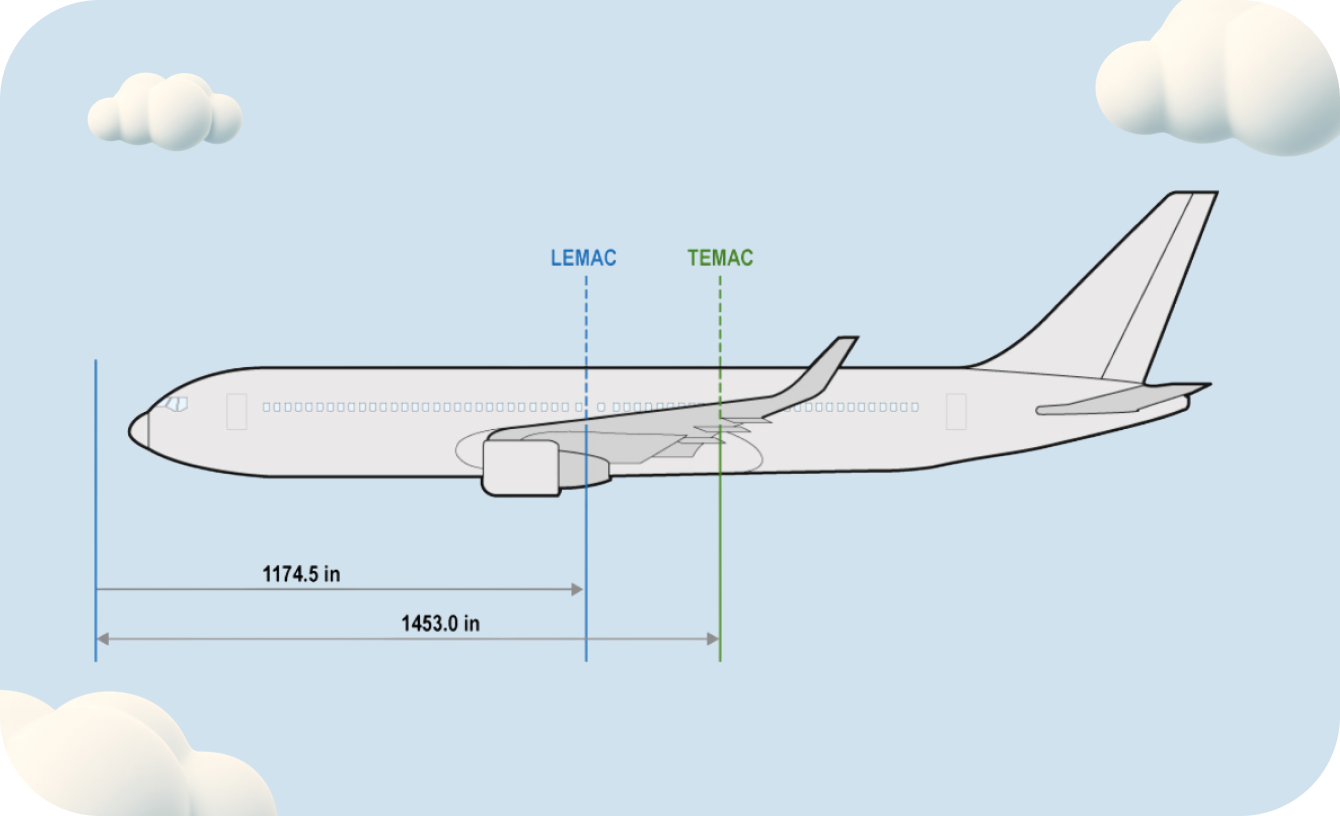
278.5 in
1174.5 in
2627.5 in
1453.0 in
Correct Answer: MAC = 278.5 inches (using annex data provided).
Explanation: The Mean Aerodynamic Chord (MAC) represents a notional rectangular wing chord that has the same aerodynamic properties as the actual wing.
To calculate:
Use the leading edge and trailing edge MAC positions provided in the annex.
Subtract the leading edge value from the trailing edge value.
In this case: 1,453 – 1,174.5 = 278.5 inches
Remember: MAC is always measured from the aircraft datum, not the nose. Many exam questions are designed to trip you up on this detail.
Final Thoughts
Mass and Balance is a topic where accuracy is everything. Memorise the key mnemonics (like Big Vans Travel Fast), understand how CG affects performance, and practice as many calculation questions as possible. With a strong grasp of these fundamentals, you’ll be ready to handle even the trickiest exam variations.
Keep practicing with real exam-style questions, and remember: clarity with definitions and conversions is key to mastering Mass and Balance.
Practise Mass and Balance questions with Airhead ATPL Question Bank.






